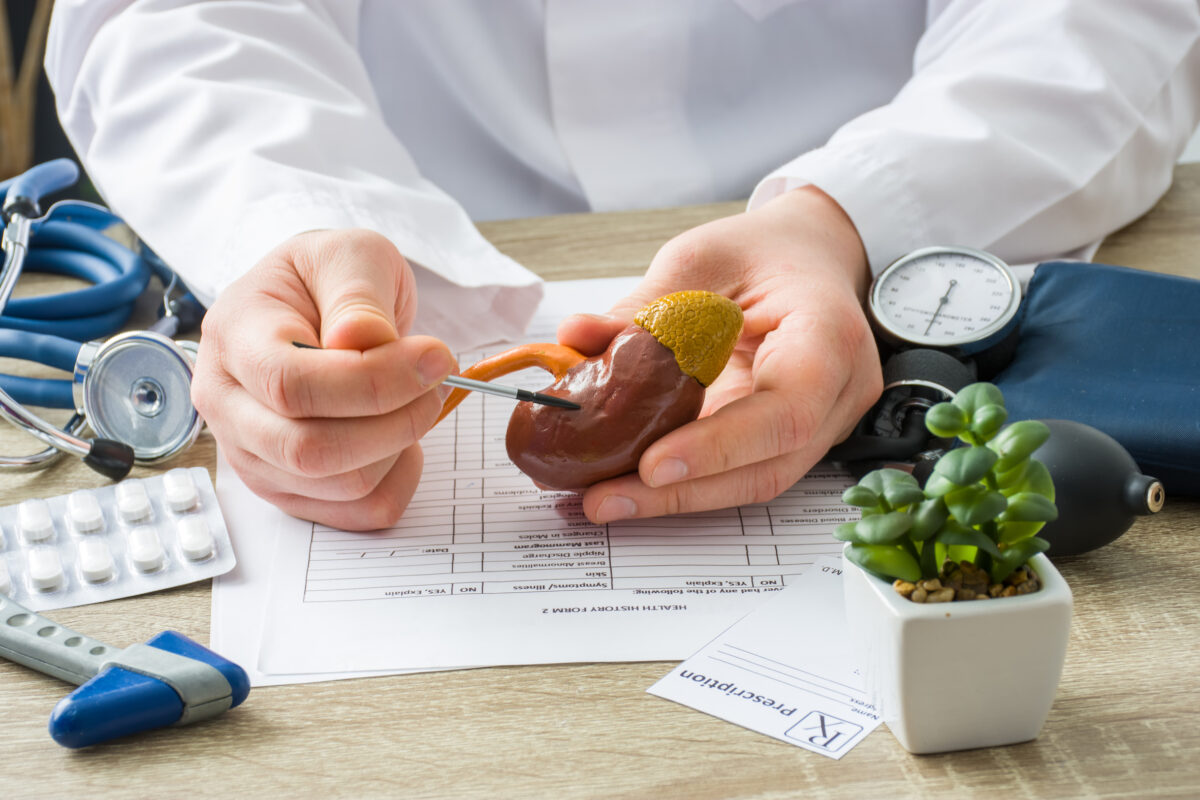


Kidney stones, once considered an issue of middle-aged men, are on the rise among children and teenagers, according to a July 8 report from NBC News.
Kidney stones, also known as nephrolithiasis, happen when minerals and salts form hard deposits that can get caught in the urinary tract.
Some stones pass through the urinary tract with no issue, while a larger kidney stone can get stuck, blocking the flow of urine and causing severe pain and bleeding, according to the National Institute of Diabetes and Digestive and Kidney Diseases. They can range in size from a grain of sand to a golf ball.
According to a study published in the Clinical Journal of the American Society of Nephrology, the risk of kidney stones among children doubled from 1997 to 2012.
The number of annual kidney stone cases rose 16 percent from 1997 to 2012, with the greatest increase among 15- to 19-year-olds, particularly women, the study shows. Men become more susceptible to nephrolithiasis at age 25.
The study was led by Dr. Gregory Tasian, a pediatric urologist at Children’s Hospital of Philadelphia, and followed nearly 153,000 patients who were treated for kidney stones.
Kidney stones in adults are typically linked to conditions such as obesity, hypertension, and diabetes, but that’s not the case with children, Tasian told NBC News.
“In children, we’re not seeing that,” said Dr. Tasian told the outlet. “They’re otherwise healthy and simply come in with their first kidney stone for unclear reasons.”
According to the National Kidney Foundation, stones can be found in children as young as five years old. Furthermore, there’s a 50 percent chance that those who developed one stone will get another one within five to seven years, the foundation noted.
Experts have not determined exactly what is driving this increase among youths but speculated that a combination of factors are involved, including diets high in ultra-processed foods, increased use of antibiotics early in life, childhood obesity, and dehydration. Kidney stones can also be genetic.
Dr. Tasian told Fox Digital that there are more cases of kids with kidney stones in the summer than any other season.
“The summary is that hot days increase the frequency of kidney stone events, presentations,” he told the outlet. “The risk of these events is higher among males than females and better predicted by moist heat metrics such as heat index or wet bulb temperatures than the commonly used dry heat.”
“While it is unlikely that climate change has been a significant contributor to the increase in kidney stones among children and adults over the last 20 years, it is likely that climate change will increase the number of people affected by stones in the future,” Dr. Tasian said.
A study published in 2022 showed that drinking 60 milliliters (2 fl. ounces) of fresh lemon juice daily can reduce kidney stone recurrence risk. When citric acid enters the urine, it is drawn to calcium salts to form citrate, thereby preventing calcium salts from forming calcium oxalate stones. But if you already have kidney stones, the effect of drinking lemon water is very minimal.
According to Dr. Jingduan Yang, sufficient daily water intake is vital to detoxifying the kidneys and preventing kidney stones. Additionally, a balanced diet including vegetables, fruits, grains, beans, and a moderate amount of eggs, fish, and meat can also help remove toxins from the body, he noted.
Dr. Jingduan Yang and Spring Lin contributed to this report.
What topics would you like to read about? Please let us know at health@epochtimes.nyc
